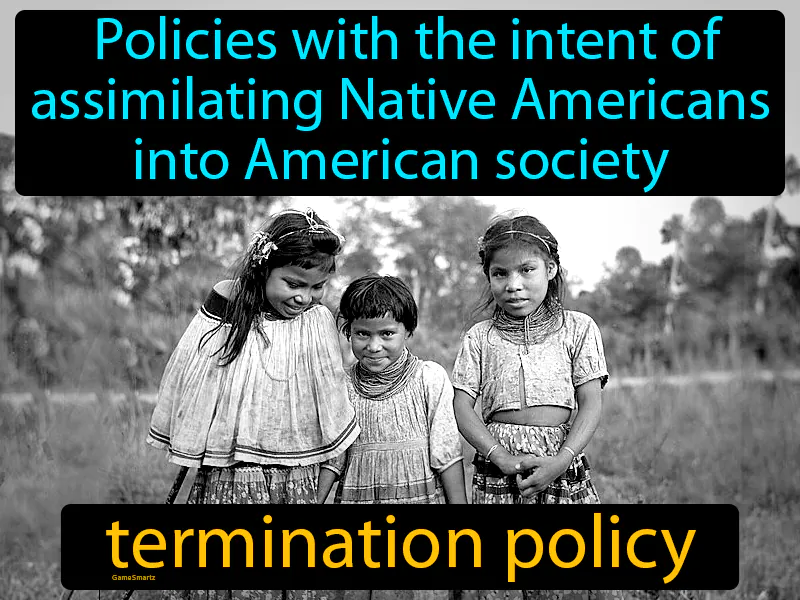Termination Policy

During the Postwar Boom from 1946-1960, the U.S. government implemented the termination policy to assimilate Native Americans into mainstream American society by ending the recognition of certain tribes as sovereign nations. This policy aimed to dissolve tribal lands and eliminate federal assistance, responding to the belief that Native Americans should integrate more fully into American economic life. It was important at the time because it reflected the broader trend of conformity and modernization in postwar America. However, the policy often resulted in loss of land, culture, and identity for many Native American communities, leading to long-term socio-economic challenges. Today, the legacy of termination policy still matters as it highlights the ongoing struggles for Native American rights and the importance of preserving cultural identities; a real-life example is the continuous efforts of tribes to regain federal recognition and restore their lands.
Practice Version

Termination Policy: Policies with the intent of assimilating Native Americans into American society. Termination policy. The termination policy was a U.S. government initiative in the mid-20th century aimed at ending the recognition of Native American tribes as sovereign entities and integrating them into mainstream American society.